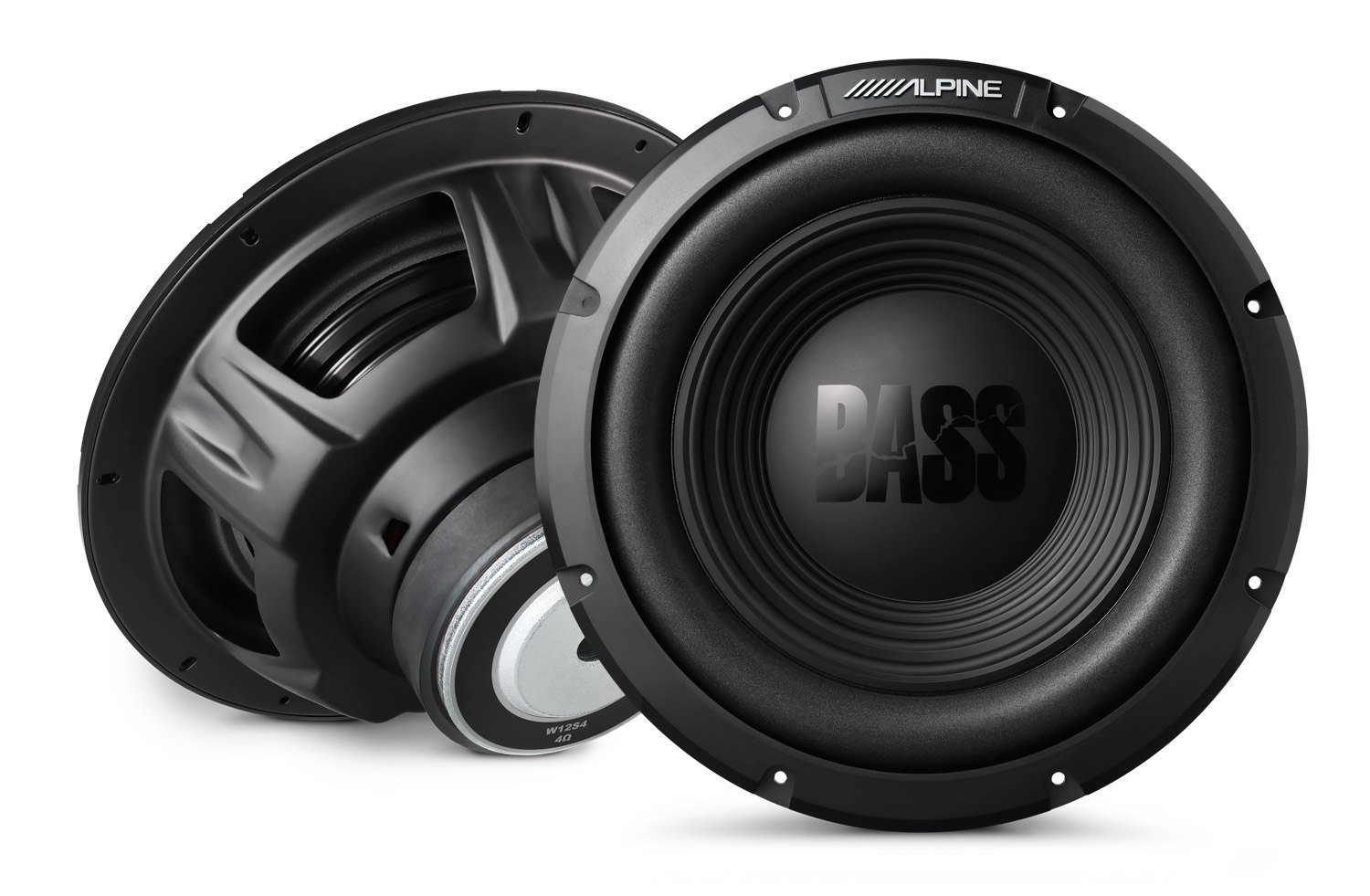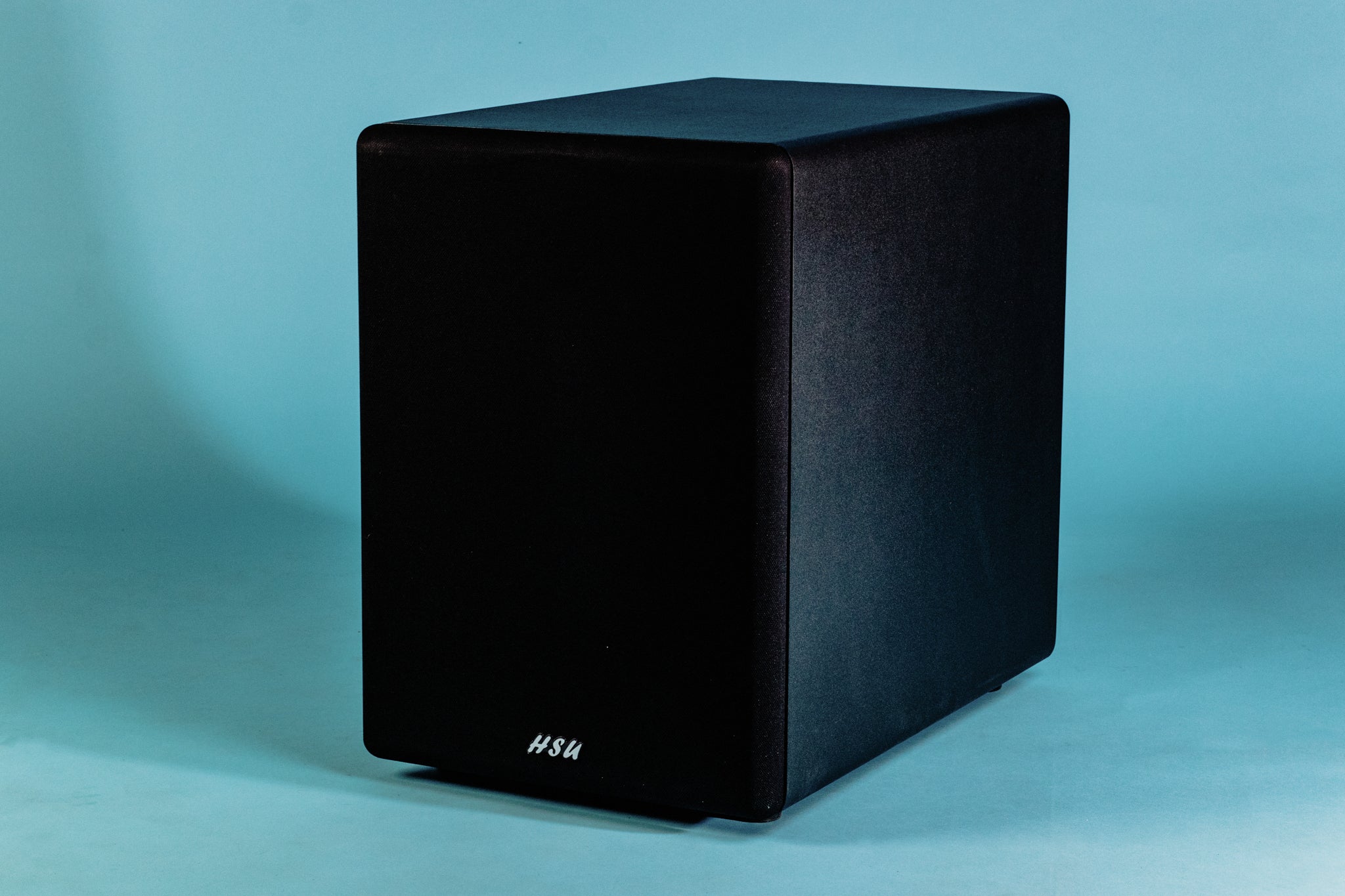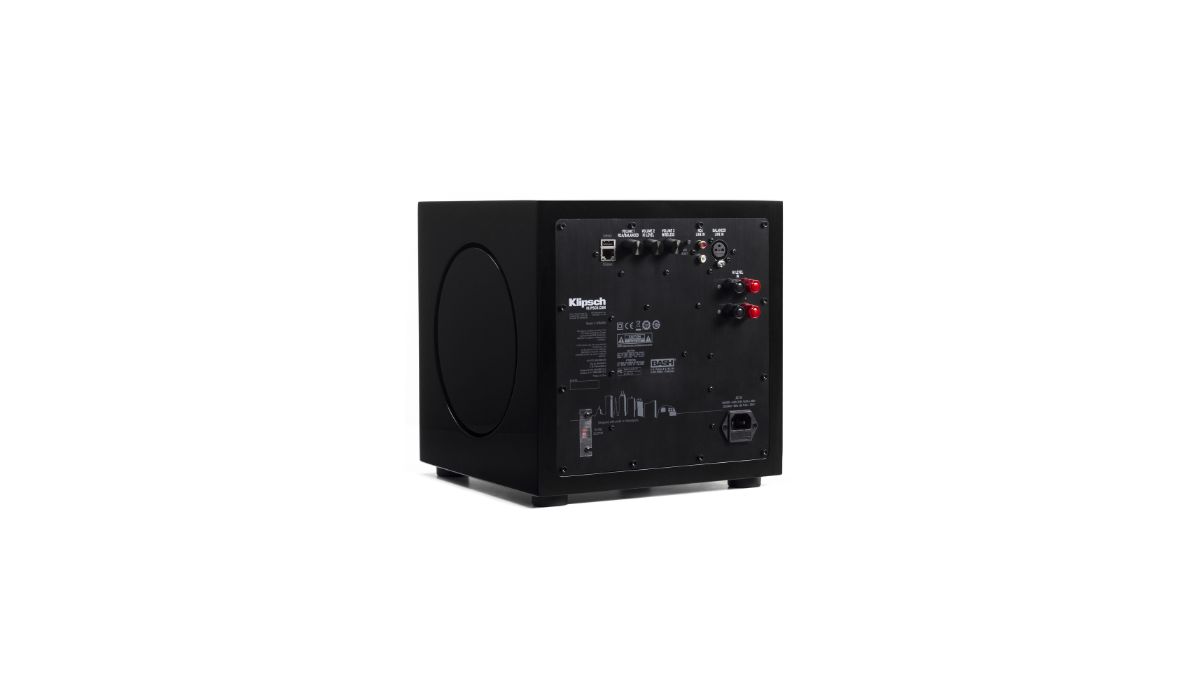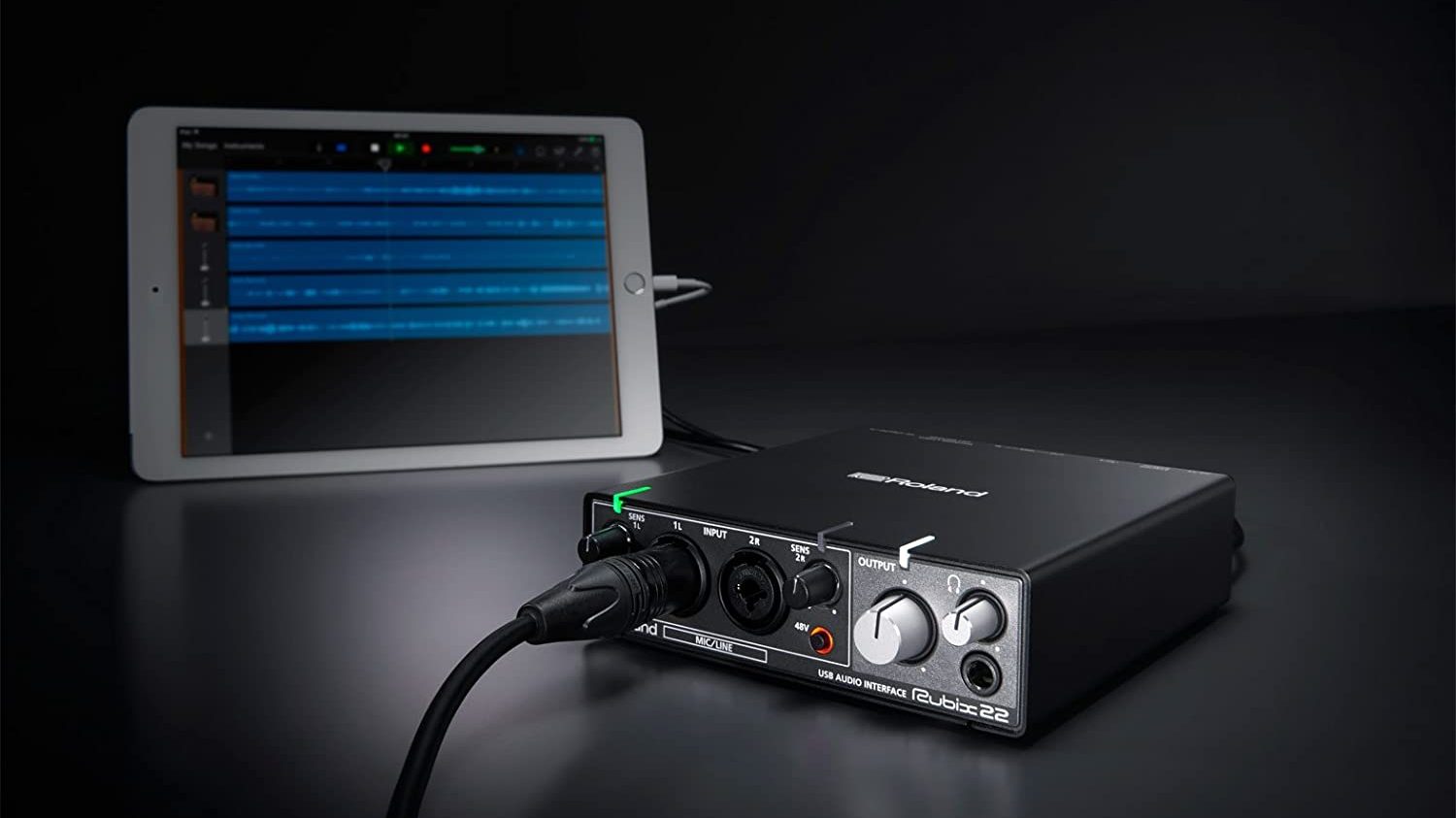Home>Devices & Equipment>Subwoofer>Which Way Should Subwoofer Face In Trunk
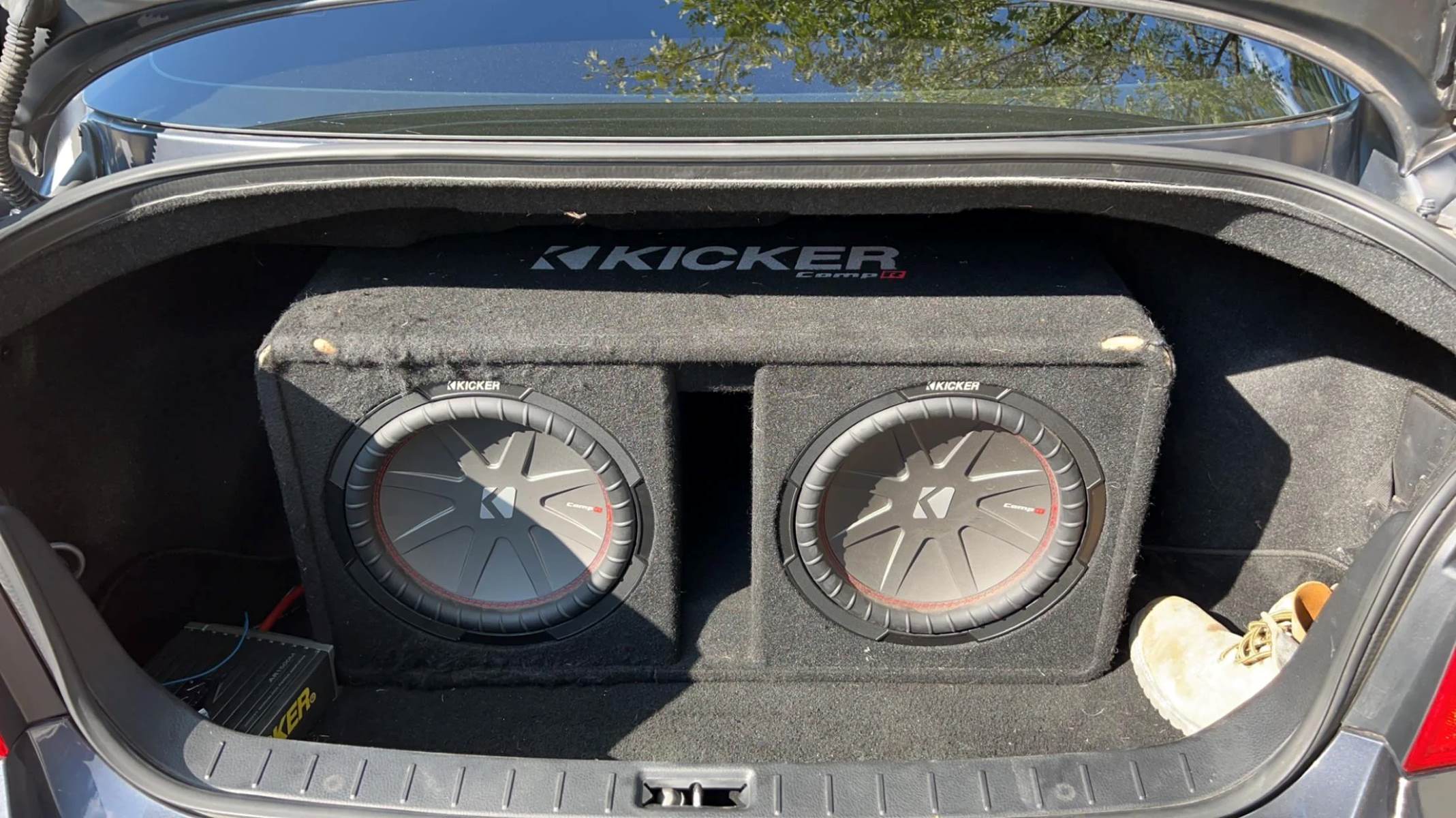

Subwoofer
Which Way Should Subwoofer Face In Trunk
Modified: February 18, 2024
Discover the ideal direction to face your subwoofer in the trunk for optimal bass performance. Get expert advice on subwoofer installation and placement.
(Many of the links in this article redirect to a specific reviewed product. Your purchase of these products through affiliate links helps to generate commission for AudioLover.com, at no extra cost. Learn more)
Table of Contents
Introduction
In the world of audio enthusiasts and music lovers, nothing quite enhances the listening experience like a high-quality subwoofer. The deep bass notes produced by a subwoofer can add a new dimension to music, movies, and even gaming. However, for optimal performance, it is crucial to consider the placement of your subwoofer.
The way you position your subwoofer can have a significant impact on the overall sound quality and the way bass frequencies are distributed in your listening space. While there are various placement options, the focus of this article is to address the question, “Which way should a subwoofer face in a trunk?” For those who have installed a subwoofer in a vehicle trunk, it is important to understand the different placement possibilities to ensure the best bass response and overall audio experience.
Before we dive into the different placement options, it is essential to note that there is no one-size-fits-all answer. The optimal subwoofer placement in a trunk can vary depending on factors such as the type of vehicle, subwoofer specifications, personal listening preferences, and available space. However, understanding the various placement options and their potential advantages can help you make an informed decision.
Importance of Subwoofer Placement
The placement of your subwoofer is critical because it directly affects how low-frequency sound waves propagate and interact with the surrounding environment. Proper placement can optimize bass response, minimize unwanted resonances, and enhance the overall audio experience.
When a subwoofer is placed in an ideal location, it can create a more balanced and immersive soundstage, providing a rich and deep bass foundation for your music or movie soundtracks. On the other hand, incorrect placement can result in muddiness, boomy bass, or weak bass response, detracting from the overall audio quality.
By strategically positioning your subwoofer, you can minimize the negative effects of room acoustics, such as standing waves and room modes. These acoustic phenomena can cause certain frequencies to become emphasized or canceled out, leading to uneven bass response and inaccurate reproduction of the audio content.
Additionally, subwoofers produce low-frequency sound waves that are typically omnidirectional, meaning they radiate sound in all directions. This means that the placement of a subwoofer in a trunk can have a significant impact on the way these sound waves interact with the trunk’s enclosure and the rest of the vehicle’s interior.
Overall, taking the time to properly position your subwoofer in the trunk not only ensures optimal bass performance but also enhances the overall listening experience, allowing you to fully enjoy the impact and depth that a subwoofer brings to your audio content.
Factors to Consider
When determining the ideal placement for your subwoofer in the trunk, there are several factors to consider. Each factor plays a crucial role in achieving the best possible bass response and overall audio performance. Let’s take a closer look at these factors:
- Trunk Size and Shape: The size and shape of your vehicle’s trunk will significantly influence subwoofer placement. Larger trunks may offer more placement options, while smaller trunks may have limited space. It’s essential to consider the available trunk volume and shape when deciding on the placement location.
- Vehicle Layout: The overall layout of your vehicle, including the position of the seats and other interior components, must be taken into account. Rear-facing or side-facing placement may be more suitable depending on the vehicle’s design.
- Subwoofer Specifications: The specifications of your subwoofer, including driver size, power handling, and enclosure type, can influence optimal placement. Some subwoofers are designed for specific placement options, such as front-firing or down-firing configurations.
- Listening Position: Consider where the primary listening position will be in the vehicle. It’s important to ensure that the subwoofer is positioned to provide an even bass response for the listener, regardless of their location in the car.
- Acoustic Treatment: If you have implemented any acoustic treatments, such as sound deadening or bass traps, in your vehicle’s trunk, these should be considered when determining subwoofer placement.
- Personal Preference: Ultimately, personal preference plays a significant role in subwoofer placement. Some individuals may prefer a more immersive and impactful bass, while others may prefer a more balanced and even sound.
By taking these factors into account, you can make an informed decision about the placement of your subwoofer in the trunk, ensuring optimal sound quality and a satisfying listening experience.
Direct-Facing Placement
Direct-facing placement, also known as front-facing placement, involves positioning the subwoofer with its driver directly facing towards the front of the vehicle’s trunk. This placement option is commonly used and offers several advantages.
When the subwoofer is front-facing, it allows the bass frequencies to disperse more evenly throughout the trunk and the rest of the vehicle’s interior. This results in a more balanced and immersive bass experience for the listeners, regardless of their seating position.
Direct-facing placement also helps to minimize unwanted resonances and vibrations caused by the interaction between the subwoofer and the trunk enclosure. Since the subwoofer’s driver is directly facing forward, it can produce cleaner and more defined bass, with less interference from the trunk’s surfaces.
One important consideration when opting for direct-facing placement is to ensure proper clearance between the subwoofer and any other objects in the trunk. This is especially crucial if the subwoofer features a front-firing port, as it needs sufficient space for the port to function optimally.
Overall, direct-facing placement is a popular choice for subwoofers in the trunk. It provides balanced bass response, minimizes resonances, and maximizes the overall impact of the low frequencies in the listening experience.
Rear-Facing Placement
Rear-facing placement involves positioning the subwoofer with its driver facing towards the rear of the vehicle’s trunk. While this placement option may not be as common as direct-facing placement, it has its advantages and can be a viable solution depending on the specific circumstances.
One advantage of rear-facing placement is that it can help to minimize vibrations and resonances that can be transmitted to the vehicle’s cabin. Since the subwoofer’s driver is facing away from the listener, there is less direct interaction between the bass frequencies and the trunk enclosure. This can result in cleaner and tighter bass reproduction.
Rear-facing placement can also be suitable for individuals who prefer a more subtle and integrated bass experience. By positioning the subwoofer towards the rear, it allows the bass frequencies to slowly fill the cabin, creating a more enveloping overall sound.
It’s important to note that rear-facing placement may require some adjustments in terms of subwoofer settings and equalization. Since the bass is directed towards the rear, it may need some fine-tuning to achieve the desired sound balance and ensure that the bass is not overpowering or too boomy.
However, rear-facing placement may not be suitable for all trunk configurations, as it can limit the dispersion of bass frequencies throughout the cabin. In small or irregularly shaped trunks, the bass may become localized and less evenly distributed.
Ultimately, rear-facing placement offers a unique alternative for subwoofer positioning in the trunk. It can provide cleaner bass reproduction and a more integrated sound experience, especially for those who prefer a smoother and less pronounced bass impact.
Side-Facing Placement
Side-facing placement involves positioning the subwoofer with its driver facing towards the side of the vehicle’s trunk. This placement option offers some unique advantages and can be a suitable choice in certain situations.
One advantage of side-facing placement is that it can help to distribute the bass frequencies more evenly throughout the vehicle’s cabin. By positioning the subwoofer on one side of the trunk, the bass waves can bounce off the trunk walls and create a more immersive and enveloping sound experience. This can provide a sense of depth and spaciousness to the bass reproduction.
Side-facing placement can also be beneficial in vehicles with limited trunk space. If the available trunk volume is constrained, positioning the subwoofer on its side can help to optimize space utilization and allow for a larger subwoofer enclosure. This can potentially enhance the bass output and overall sound quality.
It’s worth noting that side-facing placement may require some experimentation and adjustments to achieve optimal results. The positioning of the subwoofer relative to the trunk walls and other objects in the trunk can affect the bass response. Fine-tuning the subwoofer settings and equalization may be necessary to achieve the desired balance and performance.
However, it’s important to consider the potential limitations of side-facing placement. In some cases, the bass waves may be less directed towards the listeners, resulting in a less focused and defined bass experience. Additionally, the impact and intensity of the bass may vary depending on the listening position within the vehicle.
Overall, side-facing placement offers an alternative option for subwoofer placement in the trunk. It can provide a more immersive and distributed bass experience, making it a suitable choice for those seeking a spacious and enveloping soundstage.
Angled Placement
Angled placement involves positioning the subwoofer in the trunk at an angle rather than directly facing a specific direction. This placement option can provide several benefits and is worth considering when optimizing your subwoofer’s performance.
One advantage of angled placement is that it can help to reduce unwanted resonances and standing waves in the trunk. By angling the subwoofer, the bass waves are dispersed in a broader pattern, minimizing the buildup of specific frequencies and resulting in a more balanced bass response.
This placement option also allows for flexibility in utilizing the available trunk space. By angling the subwoofer, you can make use of corners or irregularly shaped areas in the trunk that may not be suitable for direct or rear-facing placement. This can be particularly beneficial in vehicles with limited trunk space.
Angled placement can also provide a more even distribution of bass throughout the vehicle’s cabin. The angled positioning helps the bass waves reflect off various surfaces, including the trunk walls and other objects, creating a more immersive and enveloping listening experience.
However, it’s important to note that angled placement may require additional adjustments in terms of subwoofer position and equalization. Experimentation with different angles and positioning within the trunk may be necessary to achieve the desired sound balance and bass performance.
Additionally, it’s crucial to consider the potential effects of angled placement on the visibility and accessibility of the trunk space. If the subwoofer is positioned at an angle that obstructs trunk access or interferes with the vehicle’s functionality, it may not be a practical choice.
In summary, angled placement can offer a versatile and effective solution for subwoofer positioning in the trunk. It can help to minimize resonances, utilize available space, and provide a more immersive bass experience throughout the vehicle’s cabin.
Other Considerations
In addition to the specific placement options mentioned above, there are a few other important considerations to keep in mind when positioning your subwoofer in the trunk:
- Enclosure Type: The type of subwoofer enclosure can impact the optimal placement. Sealed enclosures typically offer more flexibility in terms of placement, while ported enclosures may have specific requirements for optimal performance.
- Power and Gain: Adjusting the power and gain settings of your subwoofer can help fine-tune the bass response based on the chosen placement option. This allows you to optimize the performance and prevent distortion or overpowering bass.
- Phase Alignment: Ensuring proper phase alignment between your subwoofer and other speakers in your audio setup is crucial for seamless integration. This can help maintain a cohesive and balanced sound across the entire frequency range.
- Room Acoustics and Equalization: The acoustic characteristics of your trunk, along with any specific room modes or resonances, should be taken into account. Properly addressing room acoustics through equalization or bass management systems can further enhance the bass performance.
- Safe and Secure Installation: When placing the subwoofer in the trunk, it’s important to ensure a secure and stable installation. This helps prevent any movement or damage to the subwoofer and ensures optimal performance while driving.
- Manufacturer Recommendations: Always consult the manufacturer’s guidelines and recommendations regarding subwoofer placement. They may provide specific instructions or suggestions based on the design and specifications of the subwoofer.
Considering these additional factors alongside the specific placement options mentioned earlier will help you make an informed decision about the best placement for your subwoofer in the trunk.
Conclusion
Choosing the right placement for your subwoofer in the trunk is crucial for achieving optimal bass performance and enhancing your overall audio experience. While there is no one-size-fits-all answer, understanding the various placement options and considering factors such as trunk size, vehicle layout, subwoofer specifications, and personal preferences can help guide your decision-making process.
Direct-facing placement offers balanced bass response and minimizes unwanted resonances, making it a popular choice. Rear-facing placement can provide cleaner bass reproduction and a more integrated sound experience. Side-facing placement creates a more immersive and distributed bass reproduction. Angled placement helps to reduce resonances and offers flexibility in utilizing trunk space. And, of course, there are other important considerations, such as the type of enclosure, power and gain settings, phase alignment, and room acoustics.
Ultimately, the best placement for your subwoofer in the trunk will depend on your specific vehicle, subwoofer, and personal preferences. Experimentation and fine-tuning may be necessary to achieve the desired sound balance and performance. Consulting the manufacturer’s recommendations and seeking professional advice can also offer valuable insights.
By carefully considering these factors and exploring the various placement options, you can enjoy the full potential of your subwoofer and immerse yourself in the deep, impactful bass that enhances your favorite music, movies, and games.

